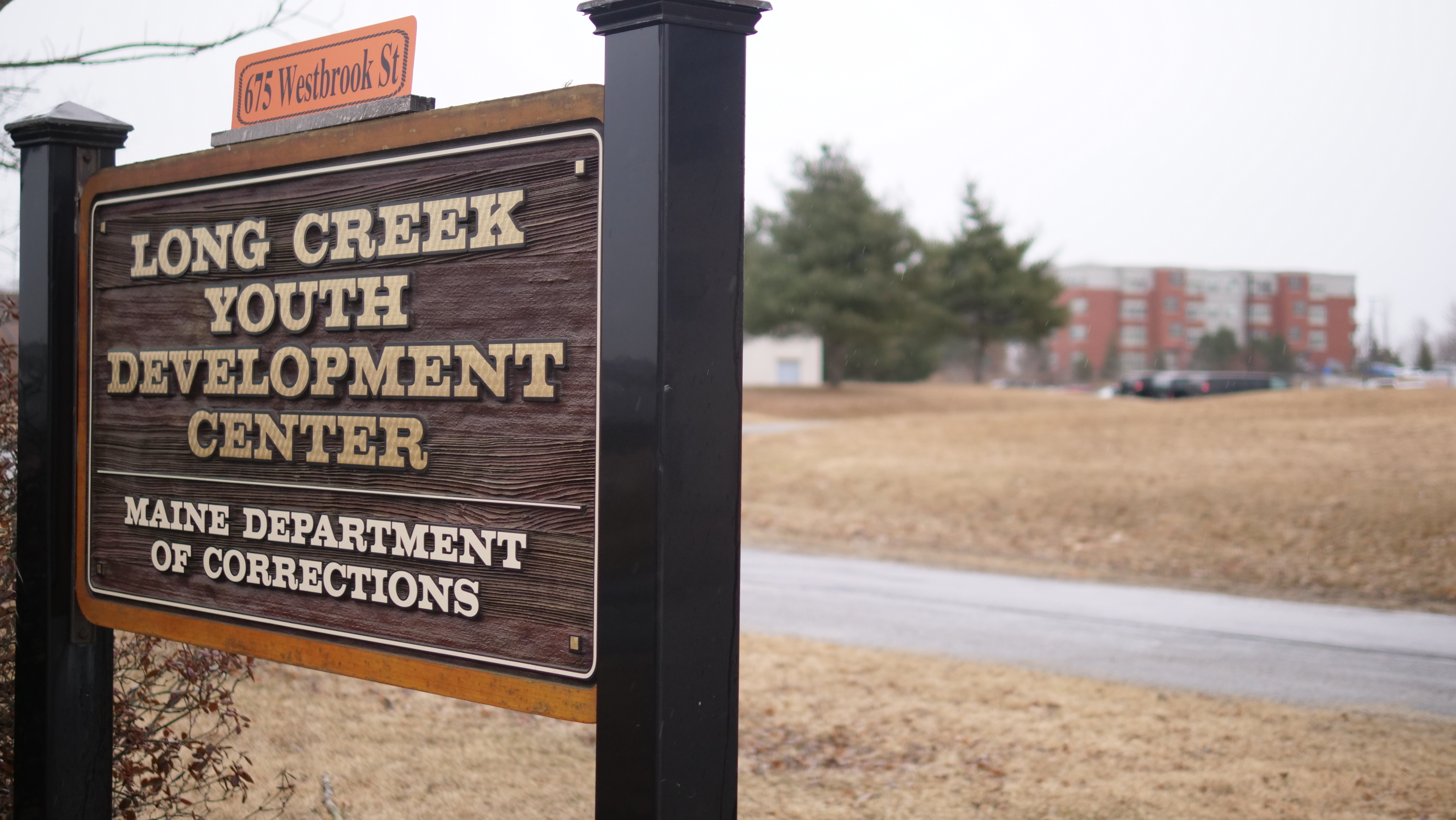By Melissa Fraser, Staff Writer
A report published by USM researchers recommends community-based treatment for Maine’s at-risk youth.
The “Place Matters” report proposes that Maine reallocate public tax dollars to fund programs that would provide holistic at-home, family-focused treatment options for youth ages 14-25.
“It’s important to Maine to adopt the full continuum of care – youth need to be held every step of the way in order to produce better health outcomes and prevent criminal justice center involvement,” said Katie Tomer, a member of the research team and a Policy, Planning and Management student at the Muskie School of Public Service.
Nationally, there has been a shift toward community-based models for juveniles that have reported positive results in welfare and mental health, the report states. These continuum models focus on education, rehabilitation and healing at a fraction of the cost to Maine’s current institutional confinement model.
Data has shown that locking up kids and young people increases their chances of being incarcerated as an adult. This report provides state leaders the chance to look into other options.
Opposed to punitive confinement, these rehabilitative methods offer kids varying levels of support; from tutoring programs and team sports, to substance abuse therapy and reunification programs.
The report was authored by Mara Sanchez and Erica King, both of the Justice Policy Program at the Muskie School of Public Service, and Jill Ward of the Maine Center for Juvenile Policy and Law at the University of Maine School of Law.
“I’m not neutral when it comes to kids,” said Sanchez. “We need to give them every opportunity and every chance. When I see that we have 14-25 year olds falling through the cracks that makes me feel a lot of urgency.”
Maine is facing justice reinvestment decisions in 2019 and beyond. The report was created to inform policymakers and hopefully aid in their decision making process.
According to Henry Myer, a member of the research team and graduate student at the USM School of Social Work, community-based treatment is a sensible solution for Maine.
“I think Maine has unique characteristics that make it most plausible – it’s a small enough community,” Myer said. “We have lots of space and natural resources for all kinds of creative community-based interventions.”
Currently, the state relies heavily on it’s only remaining juvenile detention facility, the Long Creek Youth Development Center in South Portland, housing youth from all 16 counties. Despite the facilities commitment to creating a secure and safe environment, a 2017 expert evaluation reported unsafe and harmful conditions for residents and employees.
The assessment followed the suicide of Charles Maisie Knowles, a 16-year-old transgender boy whose death prompted the evaluation of LGBTQ youth and overall mental health treatment within the facility.
The review, commissioned by Maine’s Juvenile Justice Advisory group, was conducted by a national organization focused on youth justice called the Center for Children’s Law and Policy. The evaluation found that Long Creek was understaffed and ill-equipped to handle the mental health needs of the youth within the facility.
With an outward appearance of an adult correction center, Long Creek suffers internally from budget cuts to health and human services. Holes in their training programs include adolescent development, de-escalation and crisis management, according to the assessment.
Currently, Maine spends $250,000 to incarcerate one young person for one year. That’s five times the amount that it costs to incarcerate an adult at $45,000, according to Tomer.
“The kids that end up at Long Creek really aren’t any different from the kids that end up homeless, or the kids that end up in the foster care system, or the kids that end up needing mental and behavioral health care,” said Sanchez. “There’s no ‘bad kids’ there’s just kids who face obstacles and end up in various places.”
The research team will continue to analyze the structural forces in Maine and how they relate to system involvement, according to Sanchez.
“We’ve been noticing that there’s a strong correlation and higher propensity for youth to experience justice system involvement if they have a parent who has experienced justice system involvement,” said Tomer.
Youth research will continue across all 16 counties and the team will begin to focus their efforts on the impacts of children with incarcerated mothers. Available data is limited, according to Tomer, but proves a mother’s incarceration greatly impacts the child’s future odds of justice system involvement.
“We want to know how youth are either supported or not supported very well in every county in the state of Maine,” said Tomer.

